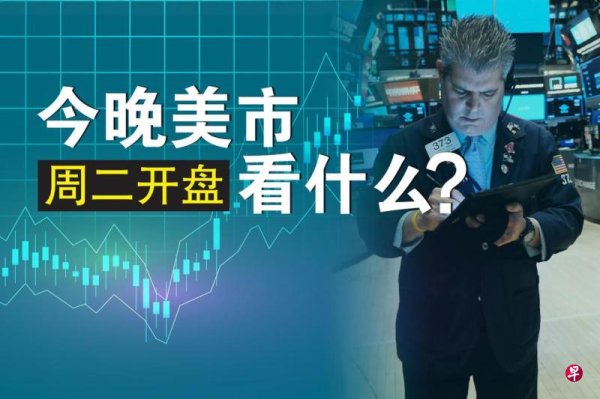ASEAN manufacturing industry continues to shrink, PMI hits its lowest since August 2021 in June
The survey covers seven countries, Singapore, Indonesia, Malaysia, the Philippines, Thailand, Vietnam and Myanmar, accounting for a total of 98% of ASEAN's manufacturing added value.
Overall output decline was milder, the same as last month. But the continued weak export demand has prompted companies to simultaneously reduce procurement and manpower, with layoffs being the most significant in 44 months.
Since April, new orders and output have continued to be in a contraction range. The report pointed out that the decline in new orders in June was the largest since August 2021, and the reduction rate of export orders also hit a record high in nearly eight months.
The latest data released by S&P Global on Tuesday (July 1) shows that ASEAN PMI has been below the 50 boom and bust line for three consecutive months, and below 50 means that the overall regional manufacturing industry is shrinking.
Although manufacturers remain optimistic about output growth in the coming year, overall optimism has weakened and is at an all-time low. The current level of confidence is the second lowest since July 2020, indicating that manufacturing performance will be relatively weak in the coming year.
A purchasing manager index above 50 means that the manufacturing industry is in an expansion state, while a lower than 50 means that the industry shrinks.
ASEAN Manufacturing Purchasing Managers Index (PMI) fell to 48.6 in June, down from 49.2 in May, the lowest level since August 2021.
Maryam Baluch, a global market financial intelligence economist at S&P, believes: "ASEAN manufacturing ended the first half of the year with a worrying situation. Although the slowing inflation may help sales recover to a certain extent, the continued international tensions and downside risks brought by tariff-related news add uncertainty to the prospects for the coming year."
On the other hand, inflationary pressure has been alleviated. The investment cost increase in June was the smallest in more than five years, and the price increase of manufacturers was also relatively moderate.



